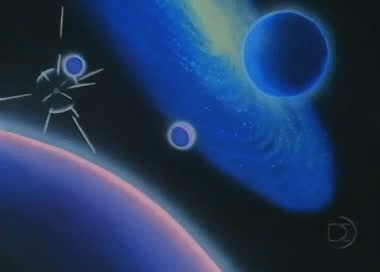- 11,582
- 548
That's a good plan to do, alright. Mmhmm.Antvasima said:Hmm. It sounds like you should PM Lord Kavpeny about this, and that it would be good if DontTalk calculated it to make sure.
Follow along with the video below to see how to install our site as a web app on your home screen.
Note: This feature may not be available in some browsers.
That's a good plan to do, alright. Mmhmm.Antvasima said:Hmm. It sounds like you should PM Lord Kavpeny about this, and that it would be good if DontTalk calculated it to make sure.
What medium?SchutzenDunkelZiel1217 said:You may be right but I'm a little edgy on that one cuz for that you'd get nearly as much energy as the Mass Energy of the Observable Universe or perhaps even exceed that depending on what use use as a medium...
Just look at this for the Solar System level the GBE of Neptune is used as the medium I guess.SchutzenDunkelZiel1217 said:What medium?
when initislly thinking sbout galaxy busting, i rather thought of the scatting of of the structure aloneAntvasima said:Here is another image:
Antvasima said:That is not the way that these feats are usually done as far as I am aware.
Wait one problemGerdkinerf said:http://www.madsci.org/posts/archives/2001-11/1004909251.As.r.html
I still think that this is a much more accurate value for Solar System Level, IMO.
"Most bombs go off and spread their energy out in all directions equally. This means that most of the blast energy will miss the planets. Each planet has to intercept the required amount of energy from the blast over its cross-sectional area (pi R2) when the initial ener'gy has been spread out of 4 pi a2 surface area (where a is the distance to the Sun). Working this out, you need 4(a/R)2 times more energy to blow up each planet to account for the wasted energy."
5.09e37 tons of TNT equivalent = 2.129656 KiloFoe
Also, I think Large Star Level should start at 4.51296311 Foe, as that's the GBE of the most massive star known, R136a1: http://lounge.moviecodec.com/vs-gen...ction-list-orders-of-magnitude-for-vs-349083/